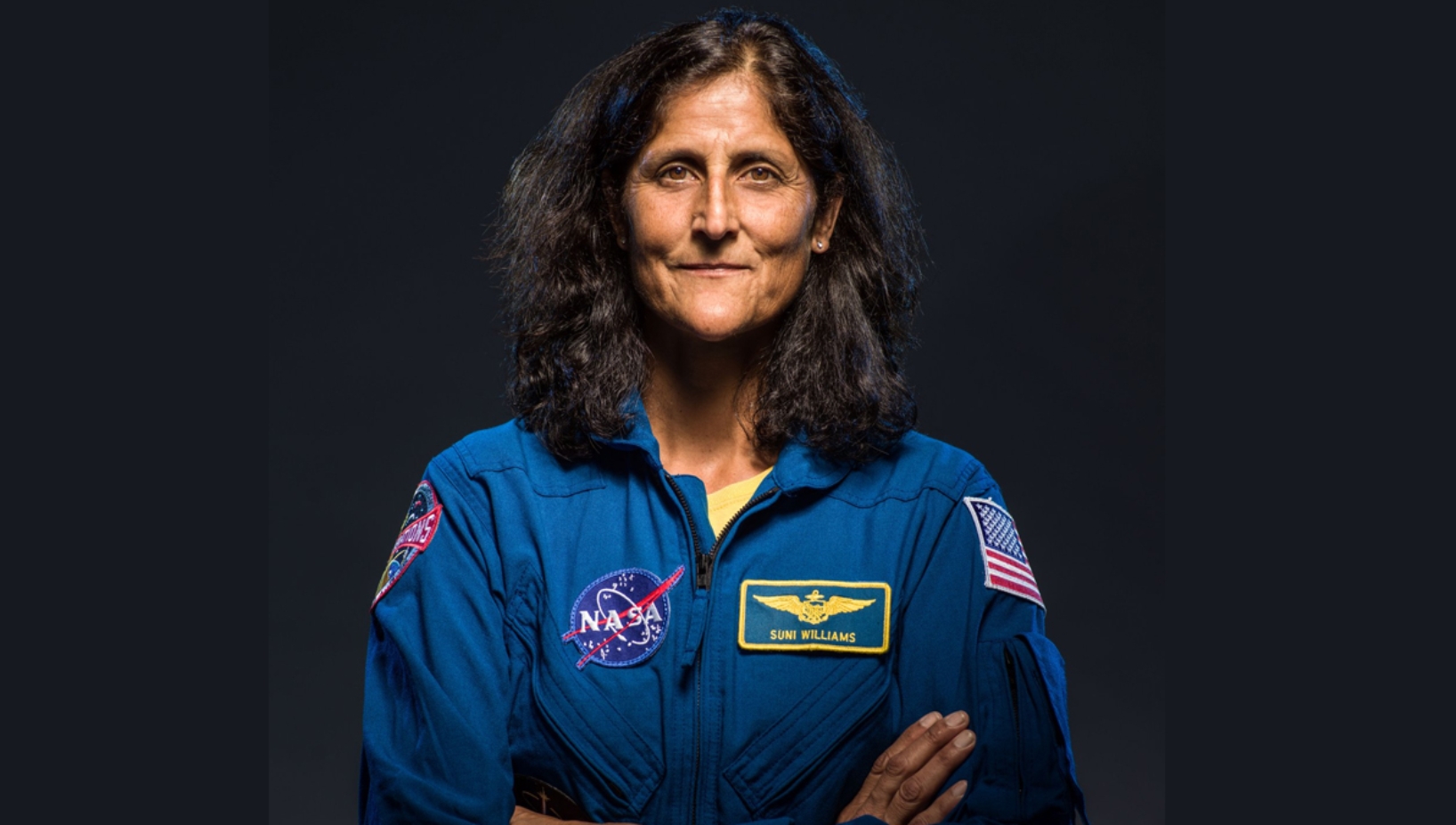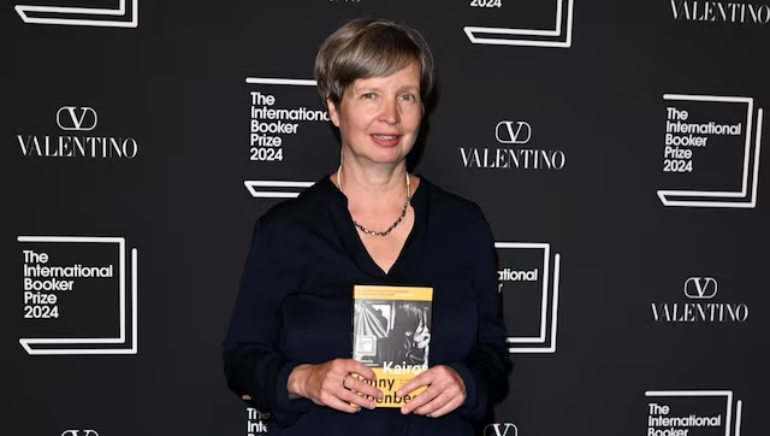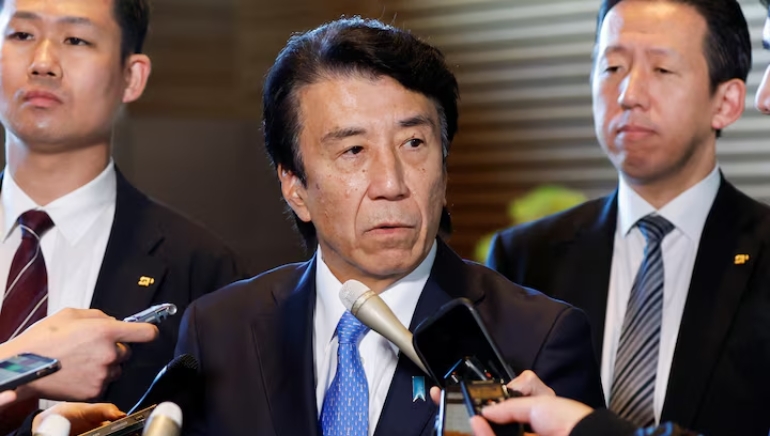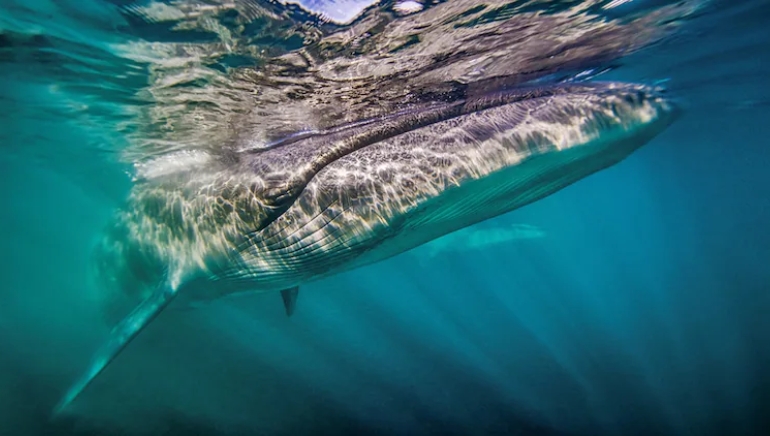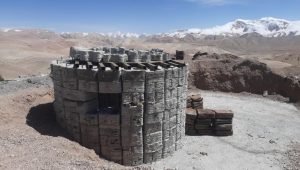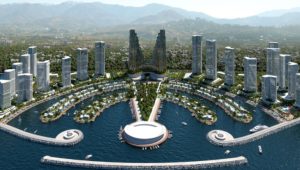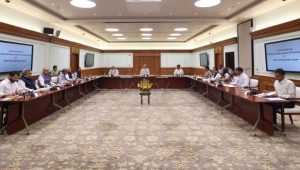Indian-origin astronaut Sunita Williams is all set for her third space mission and is ready to write another chapter in her illustrious career. The much-awaited launch, which was supposed to test Boeing’s Starliner and was originally scheduled for earlier this month, was pushed back because of technical difficulties. But now that the problems have been resolved, the mission is scheduled for sometime between June 1 and June 5.
58-year-old Williams brings an extensive amount of experience to the project. She has already completed two space trips and is familiar with the complexities and requirements of space travel.
The mission, which is a component of NASA’s expansive Commercial Crew Programme, demonstrates the agency’s dedication to promoting cooperation with companies in the private sector. If successful, the project will increase the capacity for crew transport to and from the International Space Station, representing a significant milestone in human spaceflight.
Williams is an inspiration to many because of her incredible journey from Euclid, Ohio, to space. Her commitment, together with her training in engineering management and physical science, perfectly captures the spirit of invention and discovery that motivates humanity’s search for knowledge beyond Earth’s boundaries.





